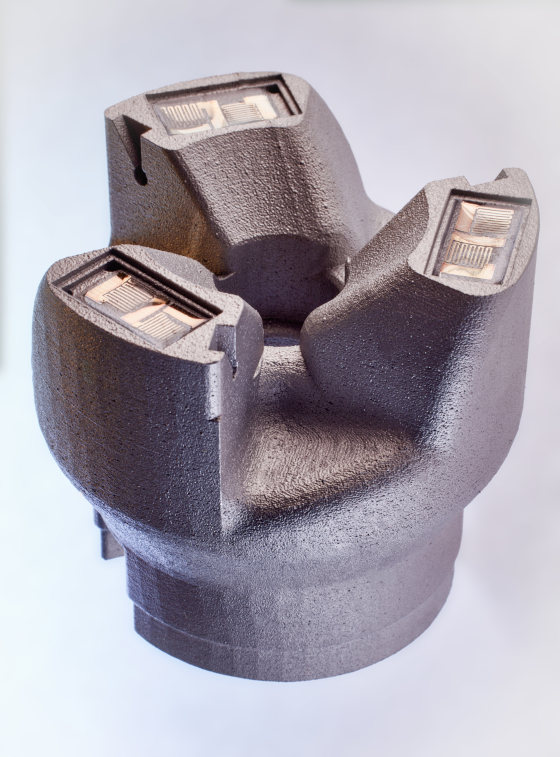The collection of component condition data such as thermal and mechanical load, together with AI, forms the basis for predictive maintenance and big data. Suitable sensors that are integrated into the components are advantageous for collecting this data. Laser-based coating approaches enable the additive construction of sensors on different surfaces, e.g. through the wet-chemical deposition of electrically insulating and conductive materials using printing processes and subsequent thermal post-treatment with laser radiation.
 Fraunhofer Institute for Laser Technology ILT
Fraunhofer Institute for Laser Technology ILT